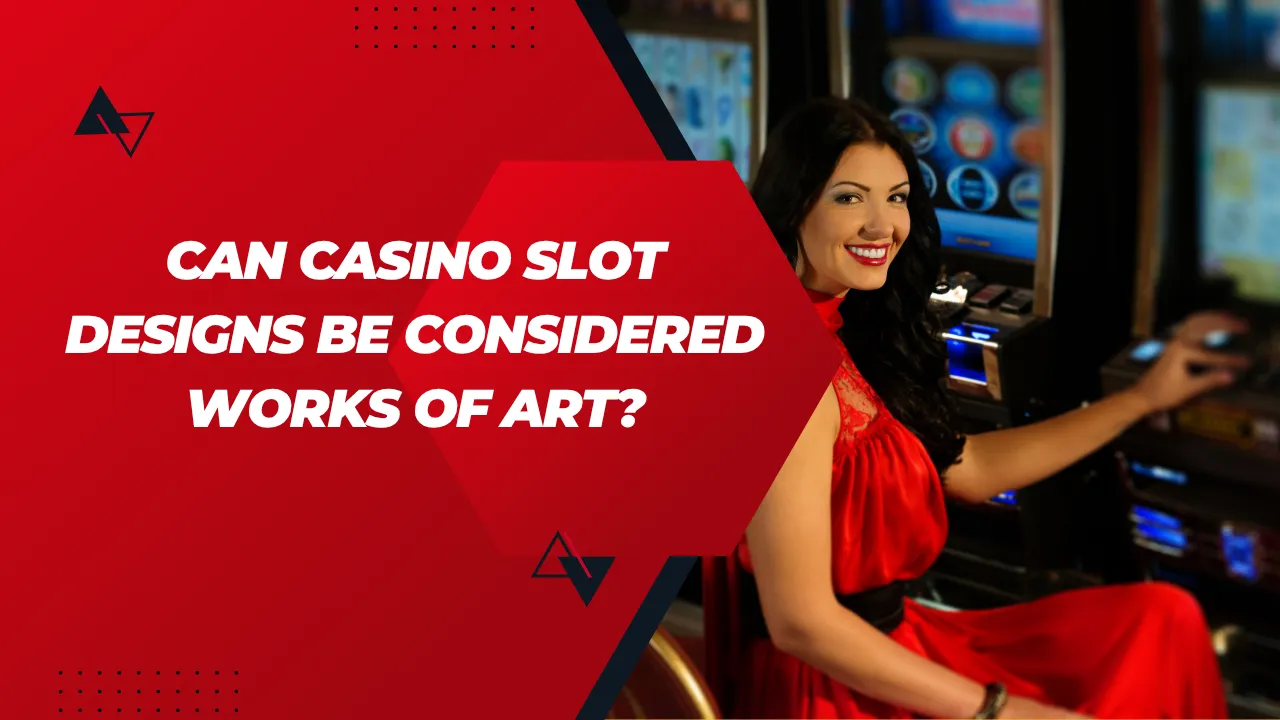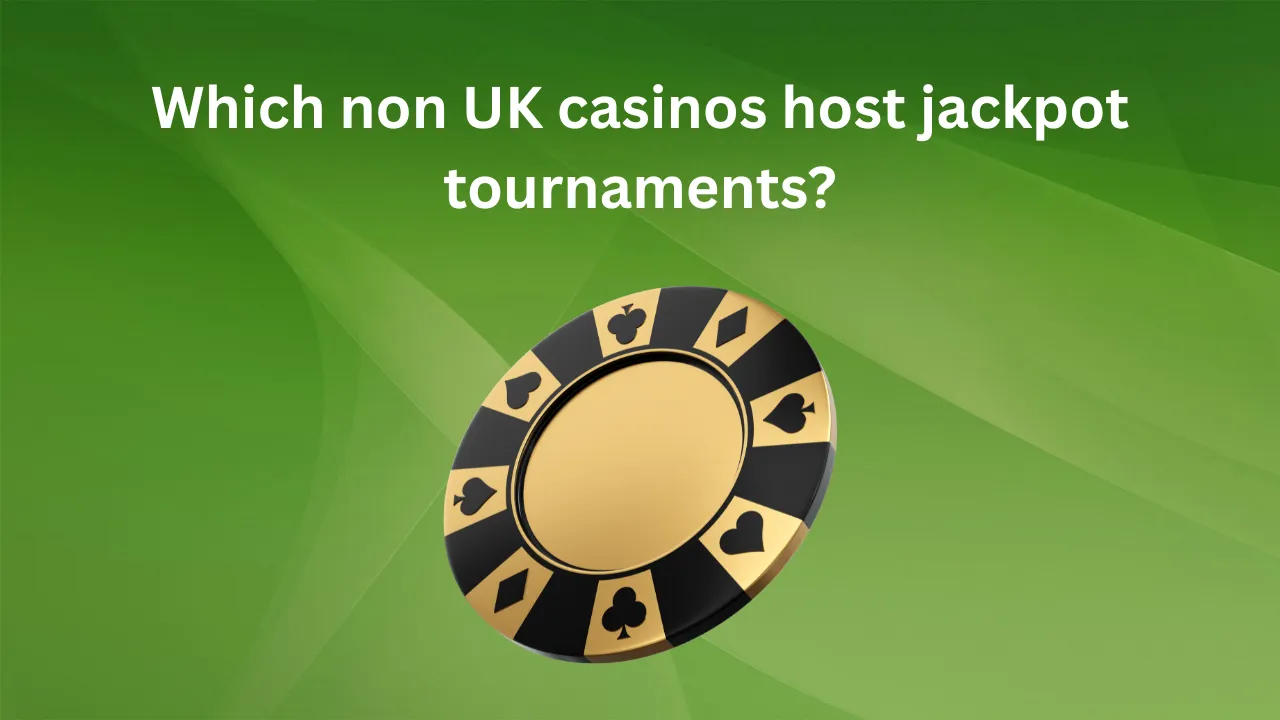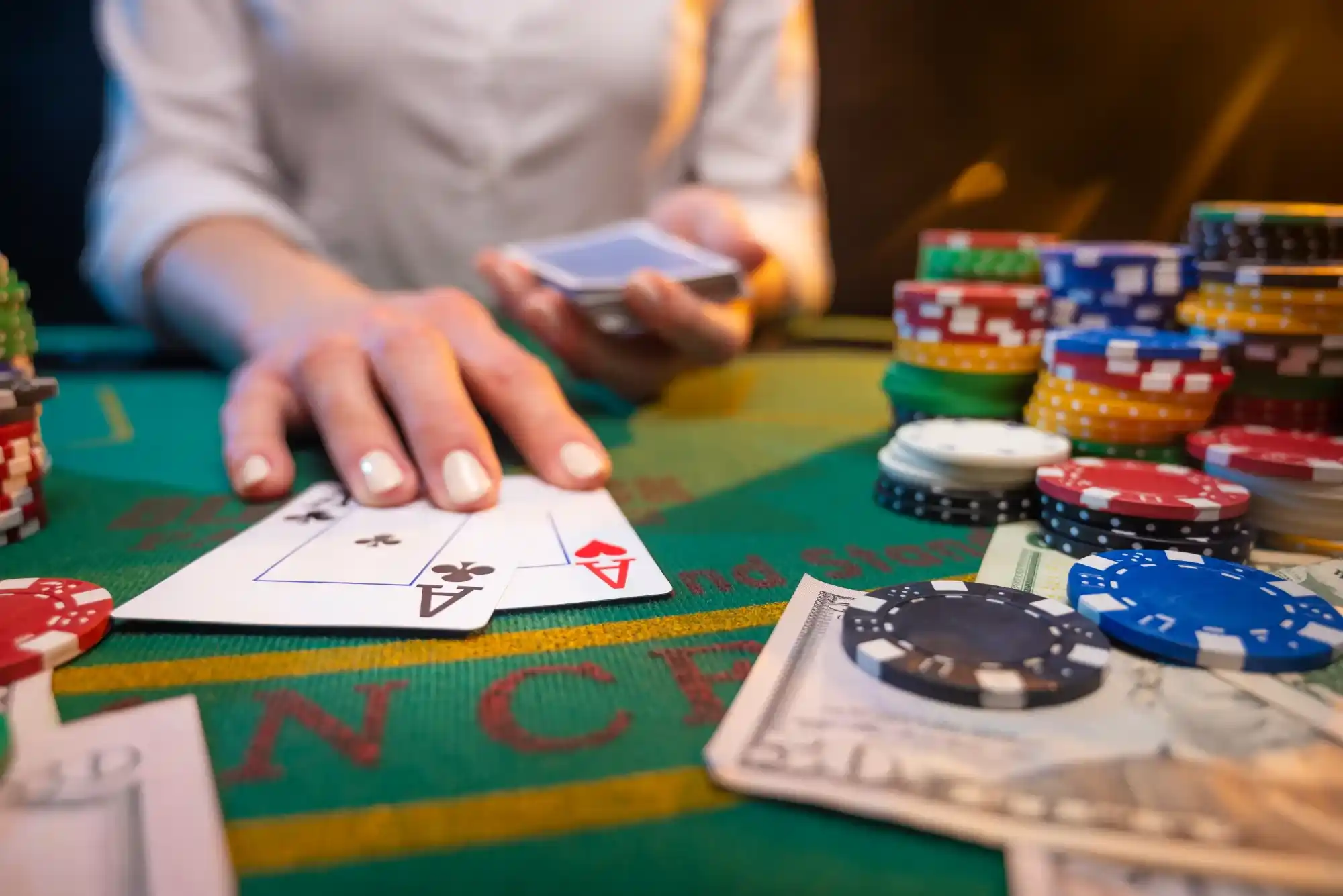Slot machines have always been a central attraction on the casino floor. Flashing lights, vivid themes, and carefully crafted sound effects create an atmosphere designed to pull players in and keep them engaged. But beyond their commercial purpose, there’s a fascinating question worth exploring: can casino slot designs be considered genuine works of art?
As someone who has followed the evolution of slots both in physical casinos and online platforms, I’ve noticed a shift from purely functional game design to a level of creativity and craftsmanship that rivals traditional artistic mediums. The slot machine has transformed from a mechanical gambling device into a highly immersive visual and auditory experience, raising the question of whether it deserves recognition as an art form.
The Evolution of Slot Design
The first slot machines, invented in the late 19th century, were simple contraptions with spinning reels and mechanical levers. Their design was purely utilitarian, intended only to deliver a straightforward gambling experience.
Over time, technology opened new doors for creativity. With the arrival of video slots in the 1970s and 1980s, designers began experimenting with themes, storylines, and visual styles. Today, modern slots feature cinematic-quality graphics, intricate animations, and immersive soundtracks. Some titles feel closer to interactive films than simple games.
This creative expansion is not limited to land-based casinos. Many of the most imaginative slot designs now appear online. Players exploring online slot sites uk can see how designers use digital platforms to push artistic boundaries, blending gaming with storytelling and aesthetics in ways that were unimaginable a generation ago.
Artistic Elements in Modern Slot Machines
When you break down what makes a slot machine engaging, you find many of the same components present in more traditional forms of art. Visual design plays a huge role: detailed illustrations, carefully chosen color palettes, and symbol designs that often reflect cultural motifs or mythological themes.
Sound design is equally critical. The chimes, jingles, and celebratory bursts of music are not random — they’re composed to evoke emotions and enhance the sensory impact of gameplay. Much like a film score, these soundtracks work in harmony with visuals to immerse the player.
Then there’s the narrative dimension. Many slots today include story arcs, characters, and world-building elements. Titles inspired by ancient Egypt, Norse mythology, or futuristic sci-fi worlds often incorporate lore-rich designs that elevate the gaming experience. In this sense, slot design mirrors artistic traditions found in cinema, literature, and fine arts.
The Influence of Culture and History
Another reason slot designs can be seen as art is their ability to reflect and reinterpret culture. Designers often draw inspiration from history, folklore, popular films, or even fine art itself. Some slots replicate famous artistic movements, using Cubist or Art Deco styles to create a distinct visual identity.
In many cases, these games serve as a bridge between entertainment and cultural storytelling. A slot inspired by Greek mythology, for instance, does more than offer a chance to win money — it reimagines timeless tales with modern aesthetics, bringing ancient narratives to life for new audiences. This cultural recycling is at the heart of many artistic disciplines, blurring the line between commercial design and creative expression.
Slot Design Versus Traditional Art
Critics may argue that slot designs should not be considered art because their primary purpose is profit-driven. After all, every symbol, sound, and animation is optimized to keep players engaged and spending money.
Yet, the same could be said of many art forms created under patronage or commercial constraints. Renaissance painters often tailored their work to the desires of wealthy patrons. Filmmakers depend on box office returns, and even modern digital artists monetize their craft through sponsorships and sales. Profit motives don’t automatically negate artistic value.
The key question is whether the work demonstrates creativity, originality, and the ability to evoke emotion or reflection. By that measure, many slot designs undeniably qualify as works of art.
The Psychological Dimension of Slot Design
Part of the artistry in slot machines lies in the psychology behind them. Designers study color theory, sound resonance, and player behavior to create engaging experiences. While this may sound manipulative, it also demonstrates a sophisticated understanding of human perception — a quality shared by many of the greatest artists.
For example, the use of vibrant reds and golds isn’t just visually striking; these colors are historically associated with luck and prosperity in many cultures. Sound effects like cascading coins or triumphant fanfares are designed to trigger reward pathways in the brain. In this way, slot design becomes a form of applied art rooted in human psychology.
Are Slot Designers Artists?
Given the complexity and creativity involved, it’s fair to ask whether slot designers themselves can be considered artists. These professionals combine skills from graphic design, animation, music composition, and storytelling. Many work in teams resembling those of video game developers or film studios.
Their output isn’t static like a painting or sculpture — it’s interactive. This interactivity adds another layer of artistry, requiring designers to anticipate and respond to how players will experience their work in real time. Few traditional art forms demand this level of multidimensional creativity.
The Future of Slot Artistry
As technology continues to advance, the artistry of slot design is only likely to grow. Virtual reality and augmented reality are opening possibilities for even more immersive experiences, where players can step into fully realized worlds rather than simply spin reels on a screen.
Artificial intelligence is also influencing design, enabling adaptive storytelling and dynamic visual effects that respond to player actions. These innovations could further elevate slot machines as a legitimate art form, merging technology, culture, and creativity in unprecedented ways.
Conclusion
So, can casino slot designs be considered works of art? The answer depends on how you define art. If art is about creativity, storytelling, cultural expression, and emotional impact, then many slot machines deserve recognition as more than just gambling devices.
They may serve a commercial purpose, but so do many celebrated art forms throughout history. What makes modern slots fascinating is the way they combine multiple artistic disciplines — visual design, sound, narrative, and interactivity — into a unified experience.
As casinos and online platforms continue to push creative boundaries, slot machines may increasingly be recognized not just as games, but as interactive artworks that reflect our culture, our psychology, and our evolving relationship with digital entertainment.




